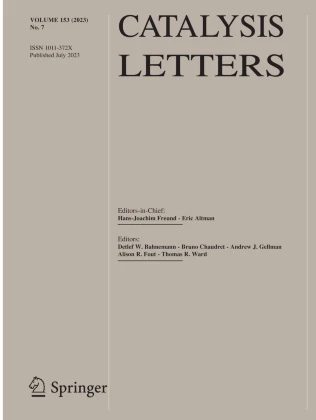Preparation and Electrochemical Properties of Nitrogen-Doped MXenes Porous Hydrogen Evolution Cathode Materials by Molten Salt Method
Abstract
In the domain of hydrogen evolution reaction (HER) cathode catalysts, MXenes-containing materials are considered to possess considerable potential owing to their unique two-dimensional layered architecture. Conversely, the production processes of these materials, together with the selection of diverse nitrogen doping strategies and the underlying mechanisms, remain subjects requiring further investigation. This experiment employed the molten salt method for the synthesis of MXenes. This approach is beneficial as it effectively mitigates the influence of fluorine groups on the electrochemical characteristics of MXenes. A study was conducted on the effects of doping with two distinct nitrogen sources: urea and lithium nitride. The microstructures and electrochemical characteristics were analyzed to ascertain the most effective preparation and nitrogen doping methods. The Ti3AlC2 precursor was specifically etched with CoCl2 in a eutectic salt solution of KCl and LiCl to produce Ti3C2. Subsequently, lithium nitride was selected as the nitrogen source, resulting in the synthesis of MXenes with enhanced hydrogen evolution reaction performance. The studied HER cathode material exhibited a distinctly defined layered structure with significantly increased interlayer gap. This led to an increased surface area and a higher density of active sites. The electrochemical test findings indicated an overpotential of 82 millivolts at a current density of 10 milliamperes per square centimeter, with a Tafel slope of 120.4 millivolts per degree. The electrochemical impedance spectroscopy (EIS) analysis revealed that the series resistance (Rs) is 1.571 Ω, indicating a low value. The charge transfer resistance (Rct) was measured at 78.56 Ω, corroborating the superior performance. The material exhibited exceptional stability throughout the testing phase.
Graphical Abstract

 求助内容:
求助内容: 应助结果提醒方式:
应助结果提醒方式:


